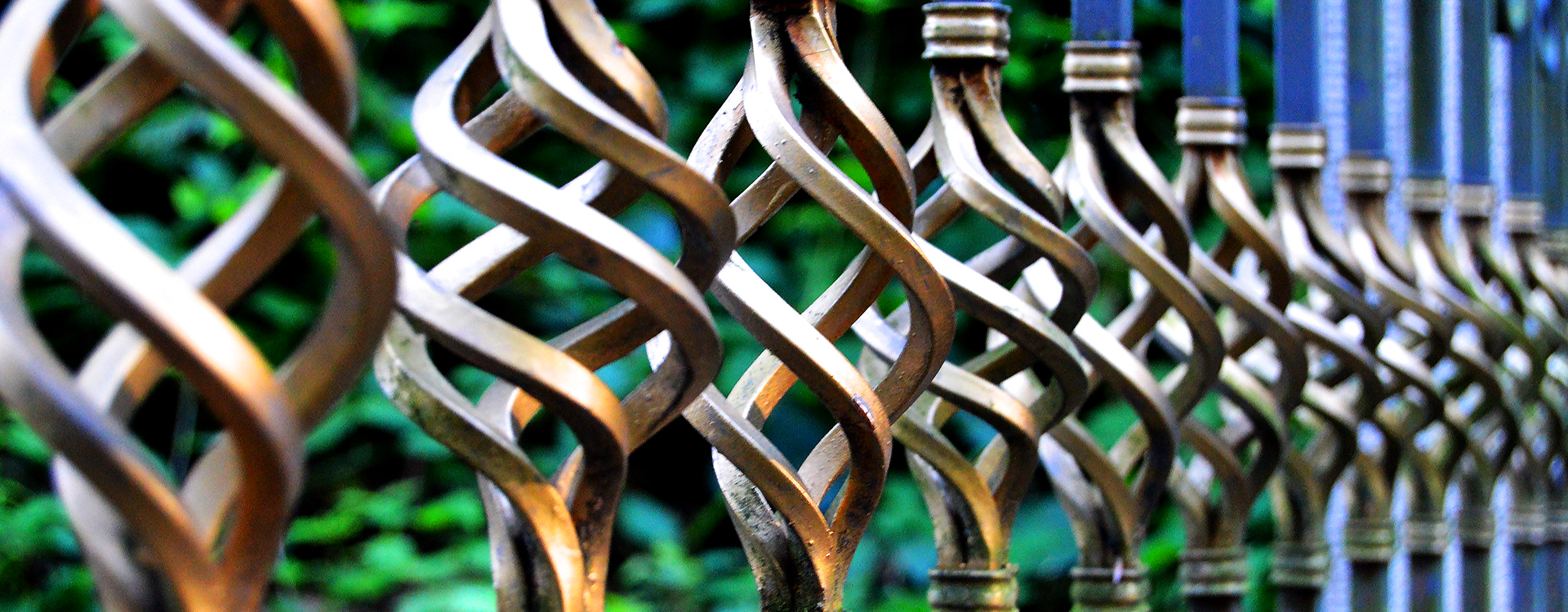Infused Silk
If you go to a high society event without something of infused silk on your person, you'll be near bullied off the premises. Only a peasant would dare present before his holy fantastic greatness the Emperor in something as poor and common as regular silk.Infused silk is an expensive material, made by adding magic during the silk weaving process. The end result is more vibrant and shimmery than regular silk, with some variance depending on what spells are woven into the fabric.
Process
The process of creating infused silk is nearly identical to that of common silk, down to the fact some manufacturers will use their machines to make both. The difference depends on which method is being used - 'natural' infusion, and 'mechanical' infusion. In natural infusion, the magic is introduced to the silk through the silkworm, by scratching spells into the mulberry leaves they eat. This method isn't particularly common due to the tedium involved in scratching spells into nearly every leaf, and the low infusion yield is often deemed not worth it. In mechanical infusion, the magic is introduced during the weaving stage, both through spells painted/carved into looms and through specifically designed spells being cast during weaving. This creates a far higher infusion yield for more dazzling results, but is far more taxing on the weaver and lowers overall output.History
The idea of infusing magic into materials, such as metals and fabrics, has existed for thousands of years. Spells could be cast which briefly gave magical properties to objects, but the temporary nature and magical strain made that unusable in most scenarios. Leather was the first material successfully infused, by etching the spells into it during the tanning process, 'trapping' the magic inside. At first this was used for defensive purposes, making armour stronger and more durable or even fire resistant, but fashion is not one to be kept waiting.Silk was first infused in 42 BC, and was initially used to clothe individuals who wanted to be fashionable, but didn't want to bother with the tiresome nature of wearing armour to protect themselves. In the centuries since, the manufacture process has gotten more efficient, allowing more to access the material. It remains most common among nobles, especially in The Vosti Empire, where for some the protective aspects are less important than the visual glamour of the spells used.
Metallic Resistance
When the process of infusing magic into materials was first developed, the first think many wanted to infuse was iron. What better way to protect oneself than to grant inherent protective properties to your best gear? Sadly, this was not to be, as iron entirely resists magic and deadens nearby sources of it.Some crafters find a work-around by using Planar Iron instead, however this material is not as well suited for armour and weapons and is prohibitively expensive for regular use. Only one complete set is known to exist, belonging to The Vosti Empire and custom made for Emperor Treveon II.

Iron Gate by PIRO4D
Otherwordly Infusion
Prior to The Separation, some nobles were even known to custom order garments of silk infused with the same magic used to make portals, giving their clothes an eerie wave-like gleam and sometimes causing horrific accidents in manufacture. As with the portals, all such garments became twisted and malformed in the Separation, though they retain their telltale glow.
Portal by bertvthul, PublicCo, and anaterate




Comments
Author's Notes